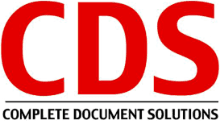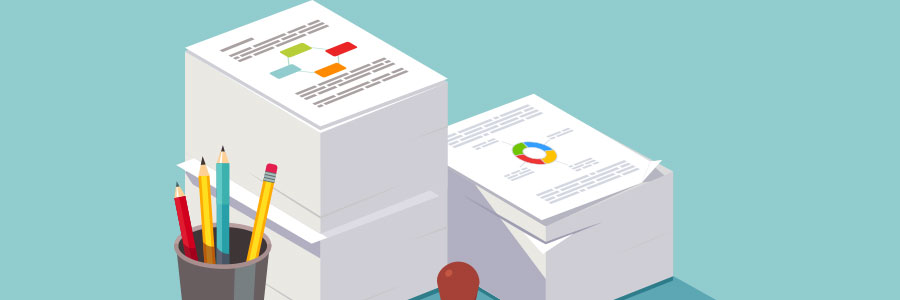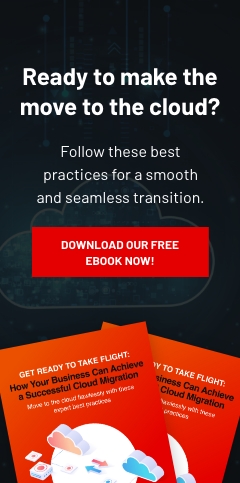While much of the emphasis these days is on going paperless, the average office worker still prints 34 pages per day. Although eliminating paper from your business processes should be a top priority to reduce costs and become more environmentally friendly, there’s no doubt most businesses still need a reliable printer.
However, choosing the best printer for the job depends on various factors. Make sure to consider the following elements when shopping for a business printer.
Avoid low-cost and consumer-grade models
This is one of the most important factors of all. You can easily find an all-in-one inkjet printer for under $50, but it’s a false economy for various reasons. Not only are these printers meant only for very low workloads, but they’re also slow and expensive to refill. Often, it costs significantly more to replace the ink cartridges than it does to buy a new printer. Much like any computing device for your business, you get what you pay for.
Estimate your printing volume
Printers designed for business use are typically designed to handle far larger workloads than those targeted toward consumers, but the amount varies enormously. For occasional use, a business-grade, all-in-one inkjet printer might be adequate, particularly if you need to print in color. However, for large amounts of printing and photocopying, a laser printer is practically a must-have. Laser printers are also much faster, but the cost of toner tends to be substantially higher than ink cartridges for inkjet printers, unless you go for a high-volume solution.
Most business-grade printers advertise a recommended monthly maximum number of pages. While you should always take this with a grain of salt, it’s important to consider scalability since the last thing you need is to have to replace your printer just months after you’ve bought it.
A good rule of thumb is to go for a printer that advertises a workload around double what you need at the moment. This ensures you get a reliable and future-proof solution. Higher printing volumes also require better performance, and not just in terms of the number of pages printed per minute. When you have multiple users using the printer, it should be able to manage complex printing queues. High-end printers are basically computers in their own right, with multi-core processors and RAM for handling all incoming print jobs.
Determine your connectivity requirements
Office printers are usually connected to the network rather than directly to a computer, which eliminates the need to manually move files to be printed. However, you’ll likely want wireless connectivity as well, thus allowing employees to use their laptops and other portable devices to print directly.
Most office printers are Wi-Fi-compatible, though it can still be useful to have an ethernet connection directly to the router as well. Some printers also provide memory card slots, which is ideal if you want to print photos from digital cameras and other devices.
Other features to consider
Unless you have very specific needs, it’s best to opt for a mid-range office printer. For large amounts of documents where printing in color isn’t usually necessary, a high-capacity laser printer should do just fine. For printing in color, an inkjet is better. But, if you print professional-grade marketing materials regularly, you may want to invest in a high-end color laser printer or a top-of-the-line inkjet. If you do both, then it’s usually best to have a monochrome laser printer for everyday use and a multifunction inkjet printer for photo printing.
Finally, if you want to print posters, blueprints, or other plans that don’t fit on an A4 sheet of paper, you’ll need a large-format printer, almost all of which are inkjets. The biggest ones can print A1 sheets, which is eight times larger than A4.
Complete Document Solutions provides a wide array of printers and managed print services that meet your business requirements and budget. Give us a call today and check out what we have to offer.



Leave a comment!